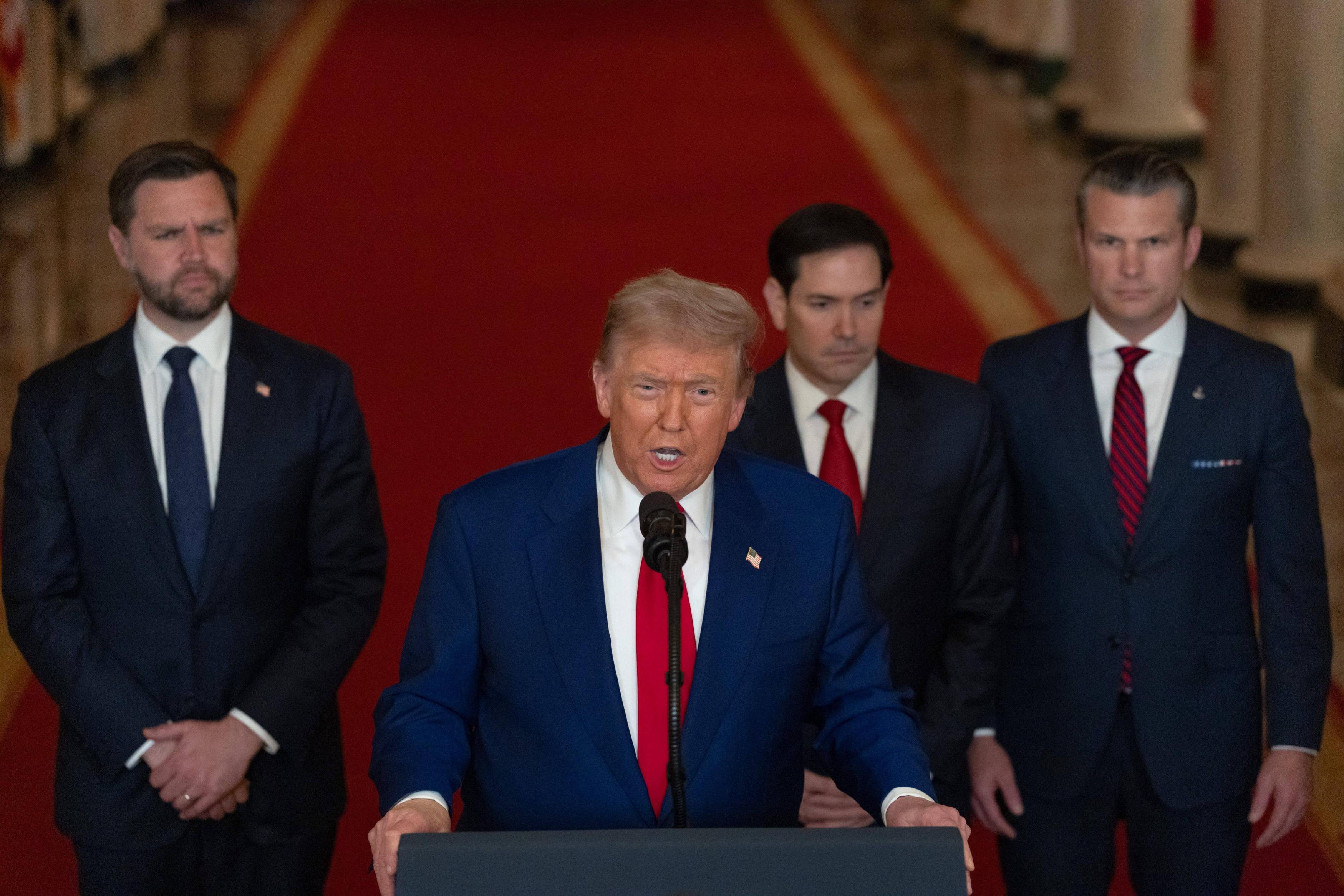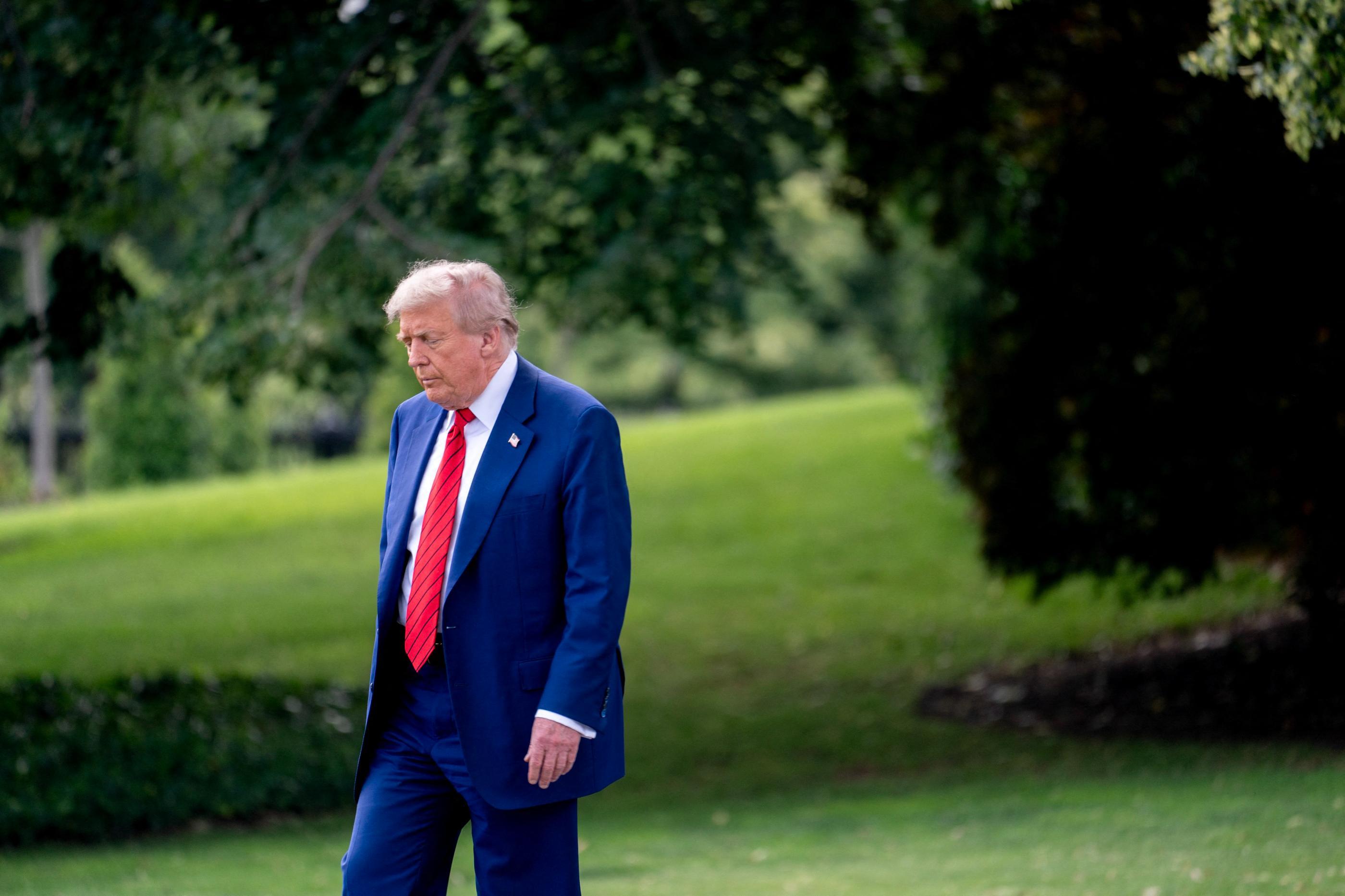Fact Check: Did President Donald Trump Really Ban Americans From Leaving the Country?
Amid escalating global tensions, travel may be dangerous.
Updated June 23 2025, 11:23 a.m. ET

Amid dangerously high tensions in certain parts of the world, many throughout the U.S. have wondered if President Donald Trump has banned Americans from leaving the country until further notice. Following the U.S. military events in Iran in mid-June, the public is wondering if President Trump has signed an executive order that mandates Americans stay in place and avoid global travel for now.
These are excellent questions, especially given widespread concern for the safety of Americans.
If you intend to travel outside of the U.S., you will want to pay attention to the details reported below. We'll explore what the president has said to date about travel restrictions (if any) and how such rules would limit the travel of Americans this summer.
Keep reading to learn more about President Trump's remarks and how they could affect your travel plans.

Did Trump ban Americans from leaving the country?
No, President Donald Trump has not banned Americans from leaving the U.S. in the wake of the military actions in Iran. Instead, you may have read in early June that President Trump issued a proclamation on June 4 that "restricted the entry of foreign nationals into the United States."
According to the Proclamation's page on The White House website, Trump said that, "As President, I must act to protect the national security and national interest of the United States and its people."
Per the Fact Sheet accompanying the Proclamation issued by The White House, in order to secure America's borders, there is a "full suspension" of entry by visitors from the following 12 countries:
- Afghanistan
- Burma
- Chad
- Republic of the Congo
- Equatorial Guinea
- Eritrea
- Haiti
- Iran
- Libya
- Somalia
- Sudan
- Yemen.
This travel ban, President Trump said, addresses "terrorism-related and public-safety risks."
"Nationals of some countries also pose significant risks of overstaying their visas in the United States, which increases burdens on immigration and law enforcement components of the United States, and often exacerbates other risks related to national security and public safety," President Trump wrote in the Proclamation.
Additionally, the travel ban includes "Partial Suspension of Entry for Nationals of Countries of Identified Concern," for the following seven countries:
- Burundi
- Cuba
- Laos
- Sierra Leone
- Togo
- Turkmenistan
- Venezuela.
That's not all. As Newsweek reported on June 17, President Trump considered the prospects of banning an additional 36 countries from the ability to enter the U.S.
According to the report, an astounding 25 of the 36 countries facing a travel ban if they do not take "corrective action" are located in Africa.
Per the internal memo signed by U.S. Secretary of State Marco Rubio and relayed by Newsweek on June 15, the countries facing the prospect of a travel ban include:
- Angola
- Antigua and Barbuda
- Benin
- Bhutan
- Burkina Faso
- Cabo Verde
- Cambodia
- Cameroon
- Cote D'Ivoire
- Democratic Republic of Congo
- Djibouti
- Dominica
- Ethiopia
- Egypt
- Gabon
- The Gambia
- Ghana
- Kyrgyzstan
- Liberia
- Malawi
- Mauritania
- Niger
- Nigeria
- Saint Kitts and Nevis
- Saint Lucia
- São Tomé and Príncipe
- Senegal
- South Sudan
- Syria
- Tanzania
- Tonga
- Tuvalu
- Uganda
- Vanuatu
- Zambia
- Zimbabwe.
At this time, there are no indications that President Trump or members of his administration intend to ban Americans from leaving the U.S. Currently, the only restrictions include the entry into the U.S. by "foreign nationals" belonging to the above fully restricted or partially restricted countries.